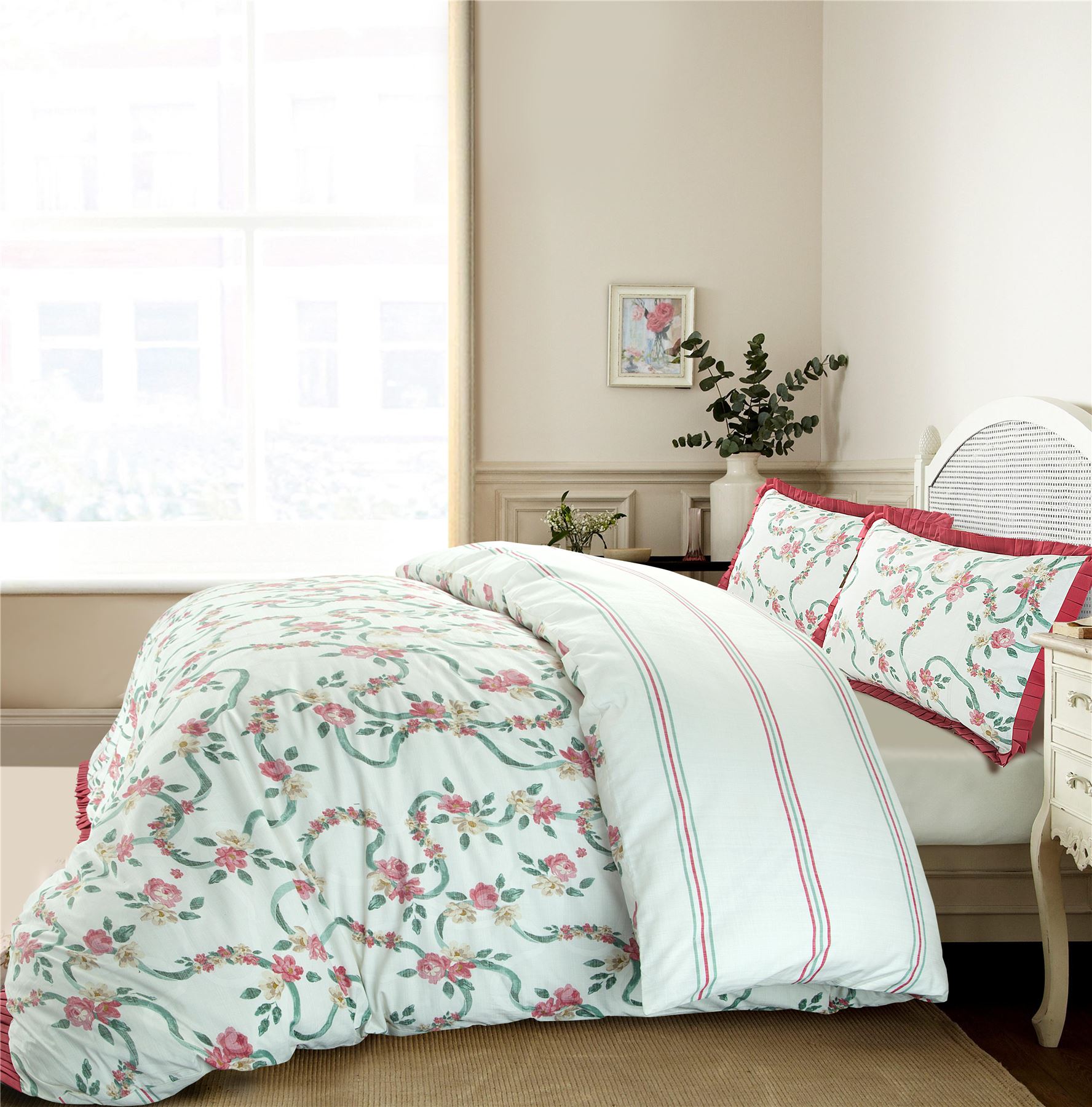
The use made of it is for bed coverings it is put up in silk, linen or cotton cases, its peculiar lightness and warmth beyond any other down, as it has that singular quality of cohesion, or cleaving to itself, that though it falls round you in bed, the upper part of the person is covered equal with the sides, and the warmth is thereby the same round the whole body. This down is greatly superior to any other, as it is not taken off the bird itself, but with great trouble collected out of the nest of the bird, so of course must be very scarce and valuable, and is much sought after by those who know its worth. The Gazetteer and New Daily Advertiser of Thursday, January 14, 1779, carried the following advertisement for the attention of the nobility and gentry for what we would today regard as being a duvet or quilt. The concept of a duvet had been thought of and was in use in climates colder than here in the UK, but the concept took a further 200 years to take off over here. However, in the Georgian Era, things were not so straightforward.

The majority of us today are perfectly happy to use a duvet, making the bed toasty warm and easy to make. Bed ticking at 14 pence a yard and finally a cover lid at 5 shillings. A white cotton counterpane at somewhere in the region of £1.

Next came the quilt at an average cost of 18 shillings. The price of blankets varied dramatically from 7 shillings a pair to a staggering £2 a pair. The ‘gold standard’ in blankets, if you could afford them were the ‘Witney blankets’. Trade Card for George Miller, Southampton. Then, of course, you would need a mattress which could have been purchased for around 15 shillings (£50 in today’s money). A feather bed would have been significantly cheaper with price ranging from 50 shilling up to around £4. The more expensive option being a four-poster made using Mornine, a fabric of wool and or cotton, these beds would set you back almost £7.

1710 Courtesy of the Victoria and Albert Museum. A four-poster bed with Harrateen (a fabric of linen or wool) hangings would have cost in the region of £5 (about £300 in today’s money). The quality of your bed was very much dependent upon wealth. Courtesy of the Victoria and Albert Museum.Įven today our bed is one of the most important objects we purchase, so I thought we would take a look at the beds and bedding of the Georgian Era. A four-poster bed designed by Thomas Chippendale with 20th-century reproduction hangings.


 0 kommentar(er)
0 kommentar(er)
